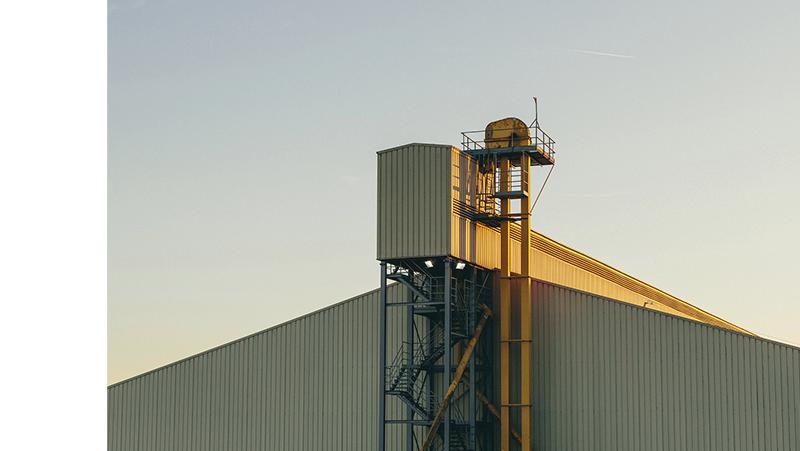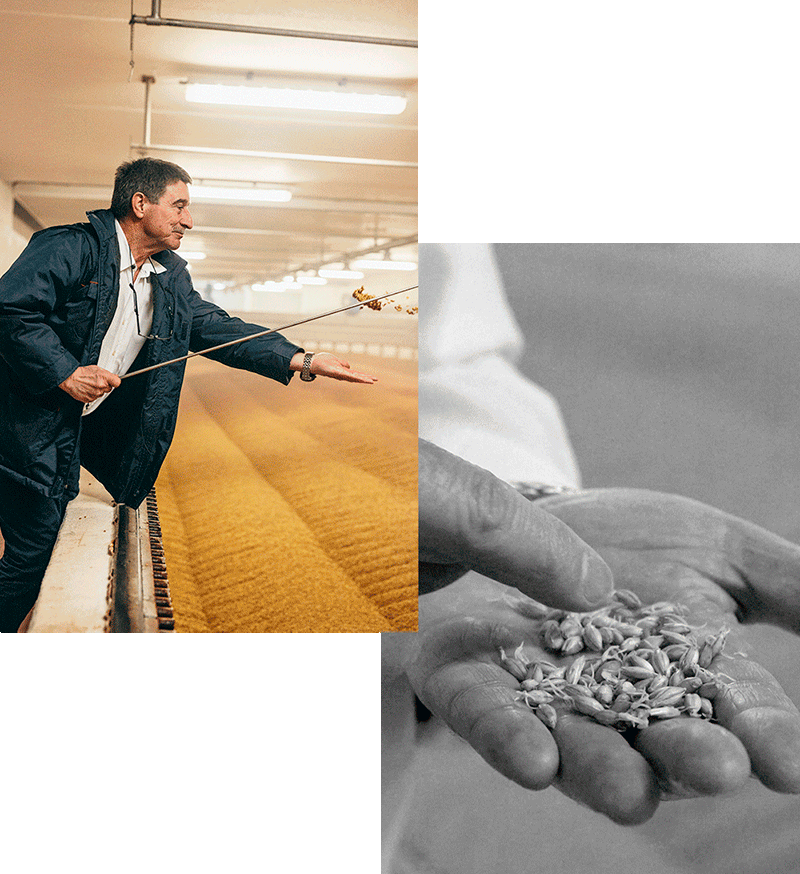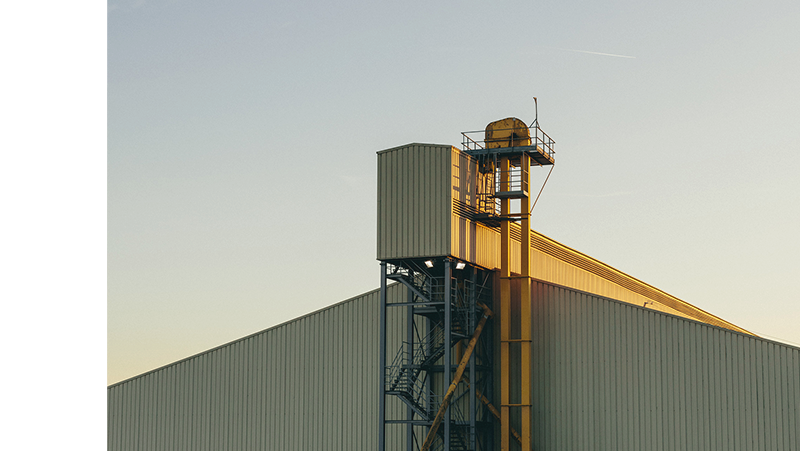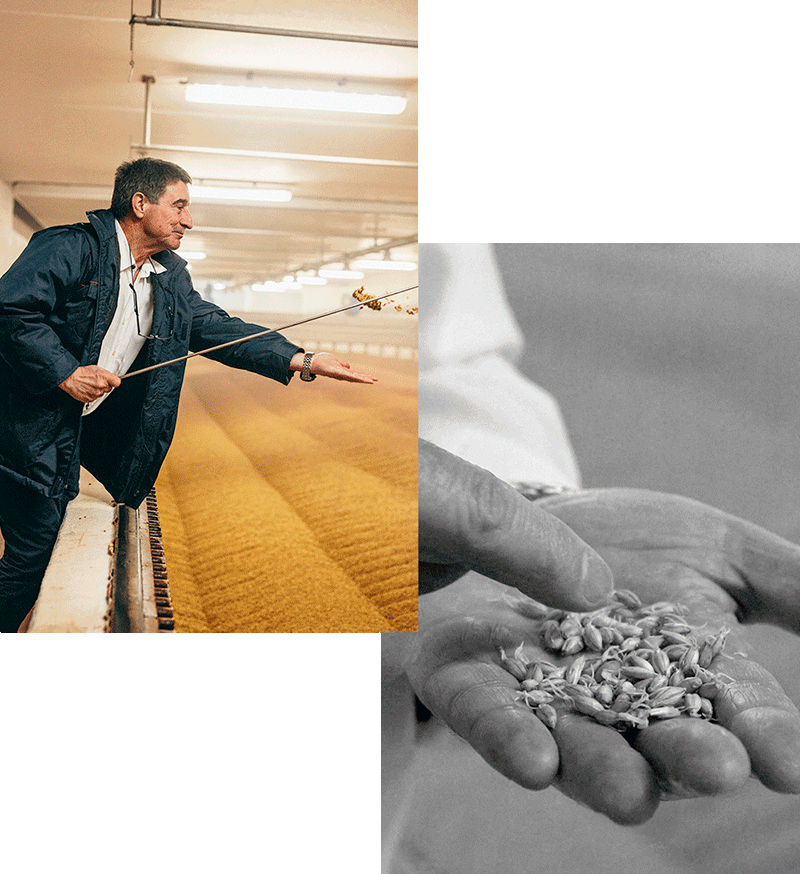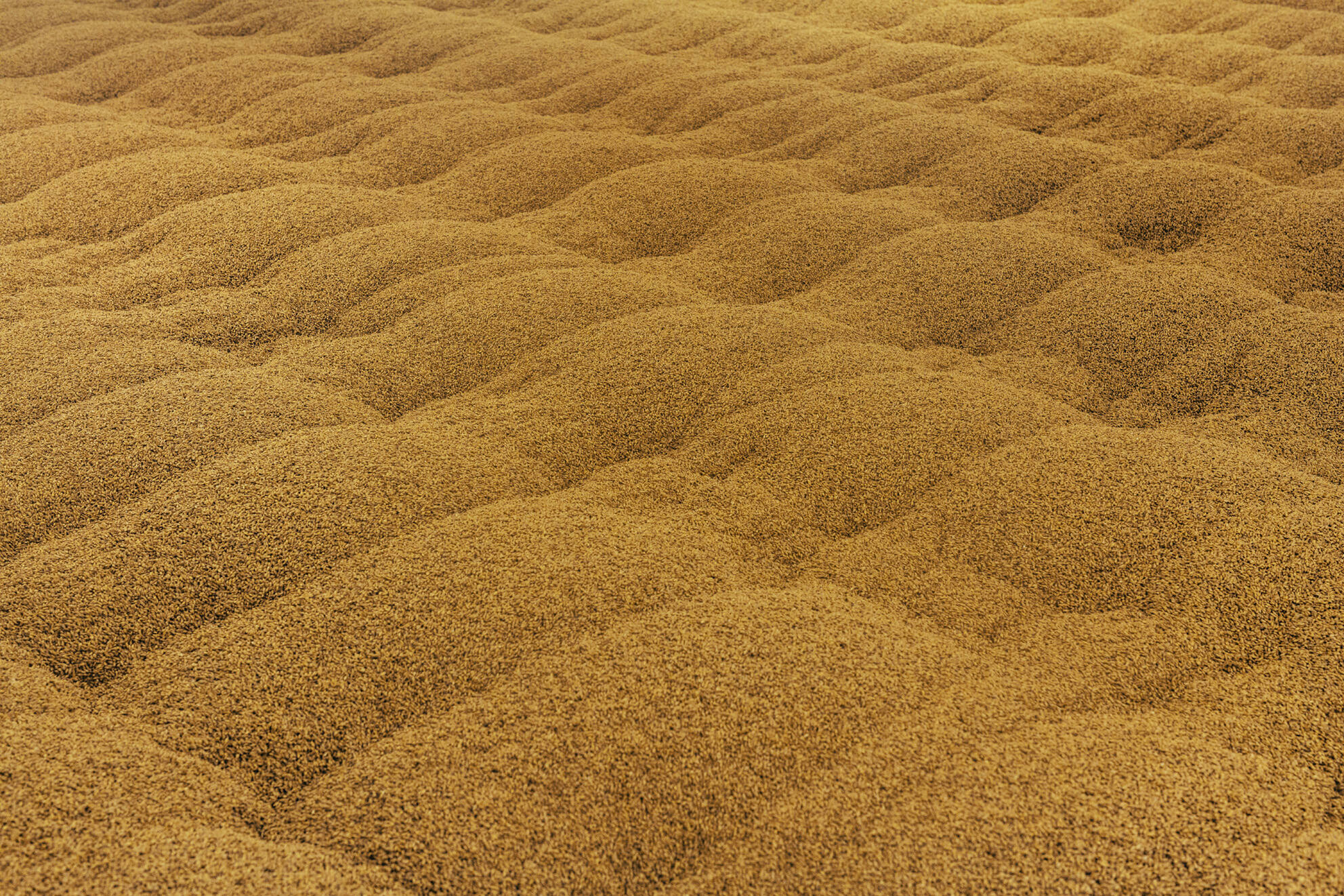Choose your country or region
- Europe
- Spain
- Catalonia
- Portugal
- United Kingdom
- International Version
Hop plantation
First ascents in the plantation
12:26 – The hop is a peculiar plant. Once settled, it grows very quickly, but patience is required to reach this point. Right now, for instance, the rhizomes that we planted in Prades a year ago are just beginning to grow. As it is a climbing plant, we need to provide it with supports. Once the plants have been wired to these supports, the hops will be able to sprout and the plants can grow at a rate of approximately 15 cm per day. This growth occurs in a clockwise direction, wrapping around the supports from right to left. “If the weather is good, in about a month and a half they can reach 6 metres,” says Carles Abella, the agricultural engineer in charge of the plantation.
“If the weather is good, in about a month and a half they can reach 6 metres.”
C. Abella
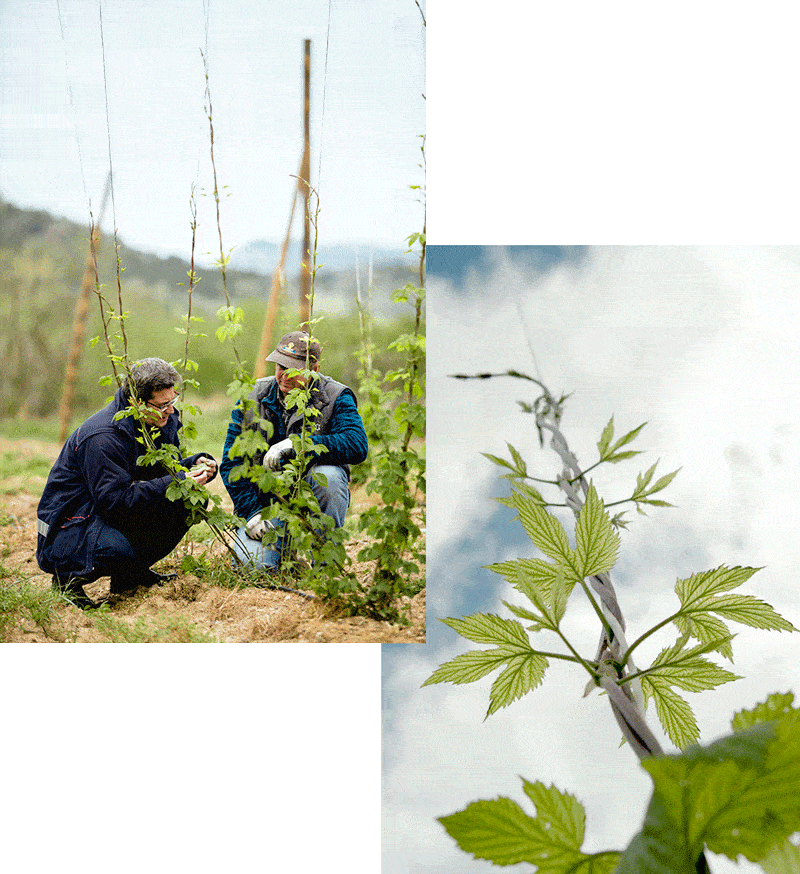
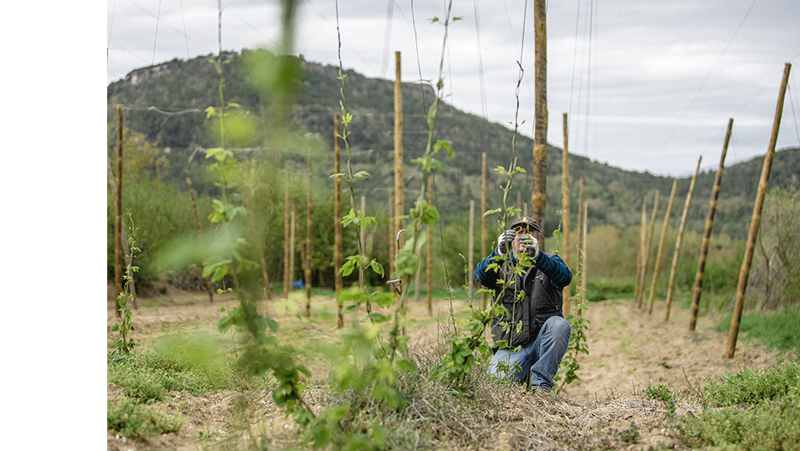
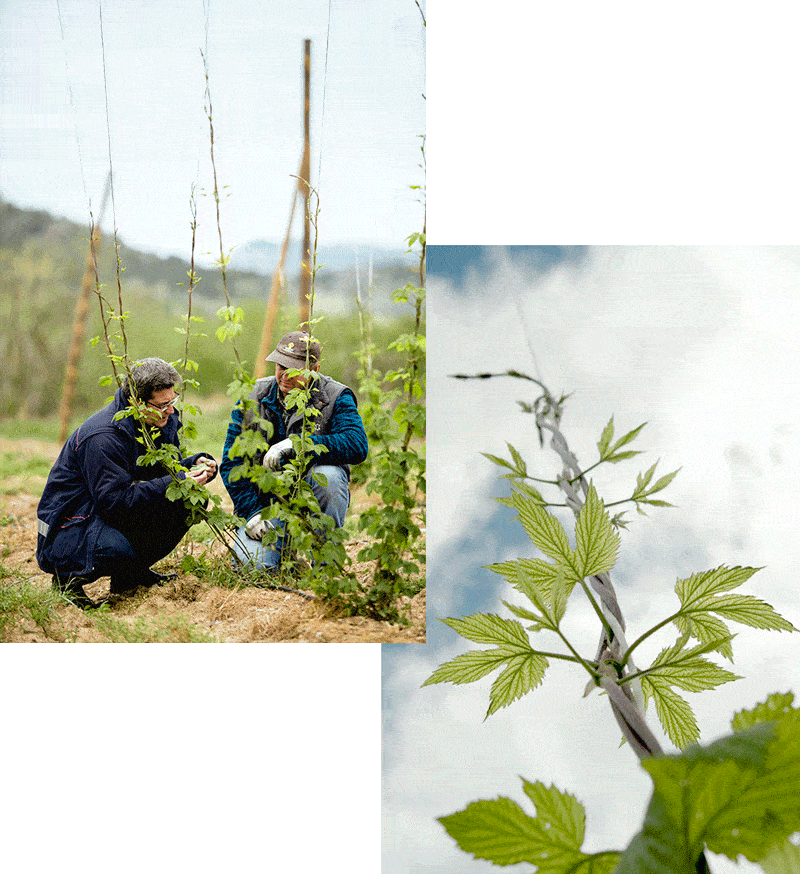
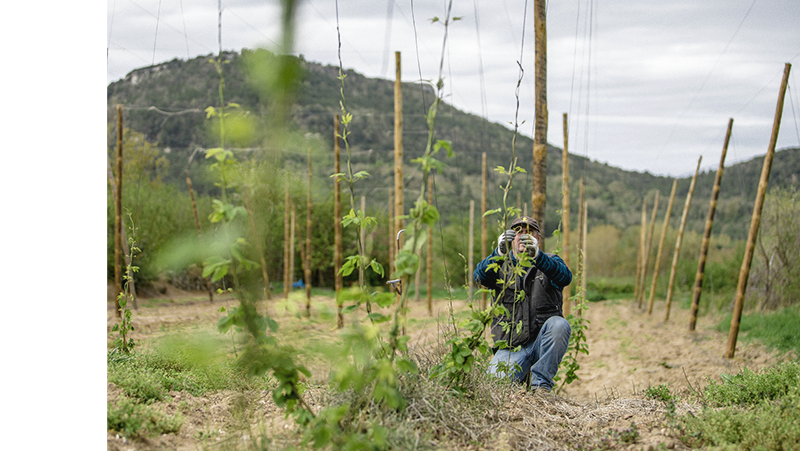
Rice fields
Sowing rice in the submerged fields
10:43 – Just like every May, the rice fields in Delta de l’Ebre are busy with farmers and tractors; an unmistakable sign that the time to sow has arrived. And this is no ordinary process: since rice is a water crop, the first step is flooding the fields, which was taken care of by the local farmers late last month. So now it is time to sow using the water tractors, which are equipped with large toothed wheels that allow them to move on the flooded fields. “Before sowing, the grains are soaked so that they gain weight and can take root in the ground,” explains agricultural technician Jaume Casanova. The water level is lowered fifteen days after the fields have been sown, and the first shoots begin to emerge twenty days after that.
“Before sowing, the grains are soaked so that they gain weight and can take root in the ground.”
J. Casanova
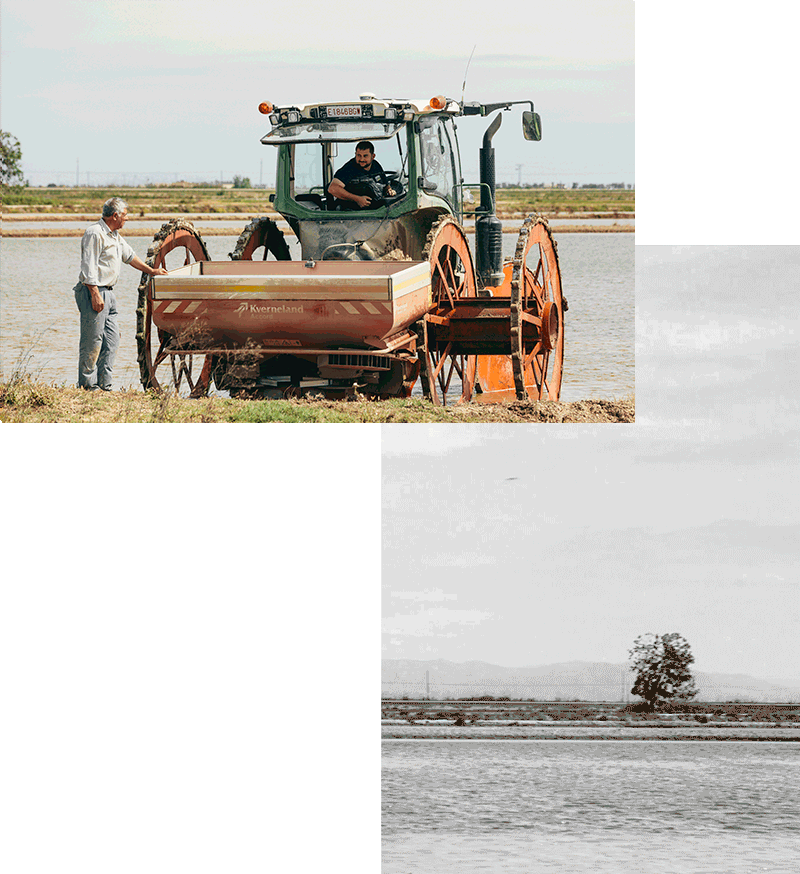
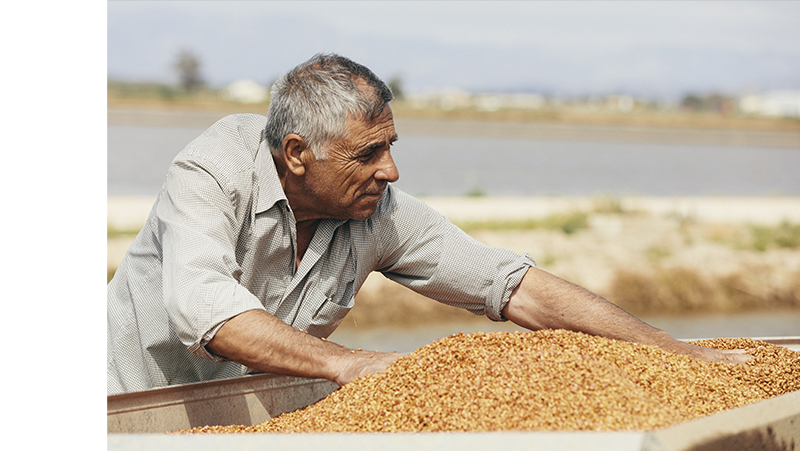
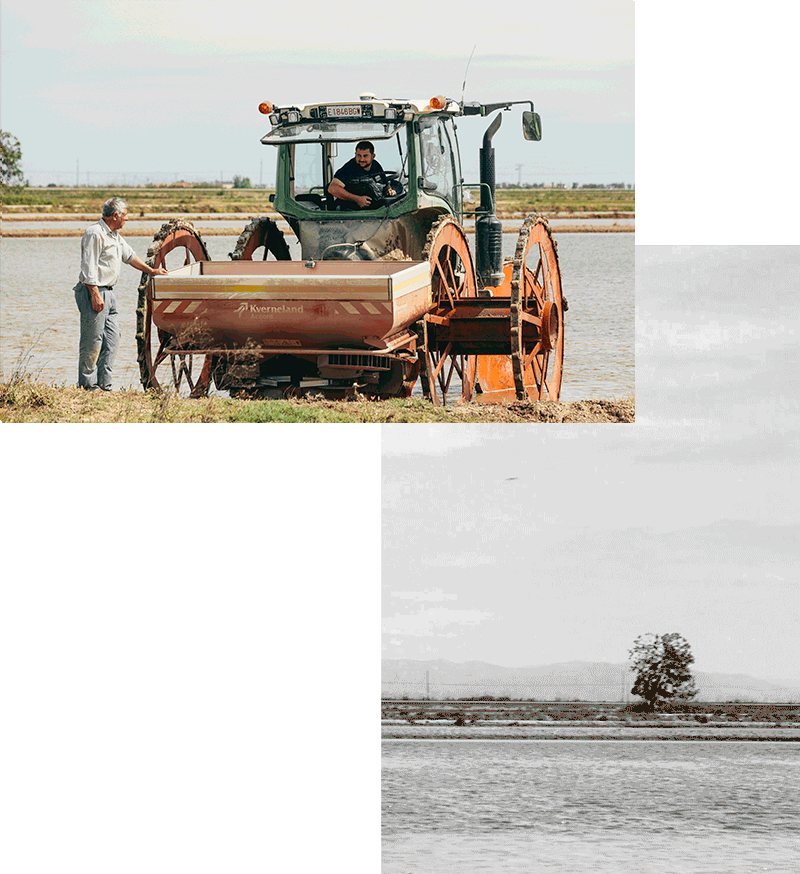
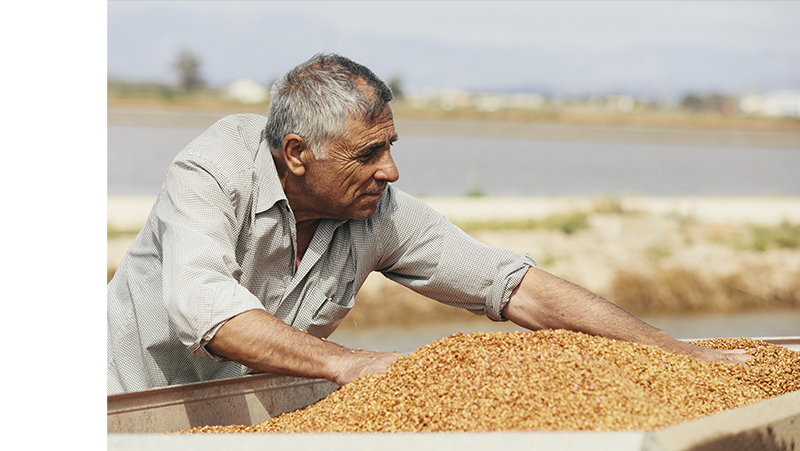
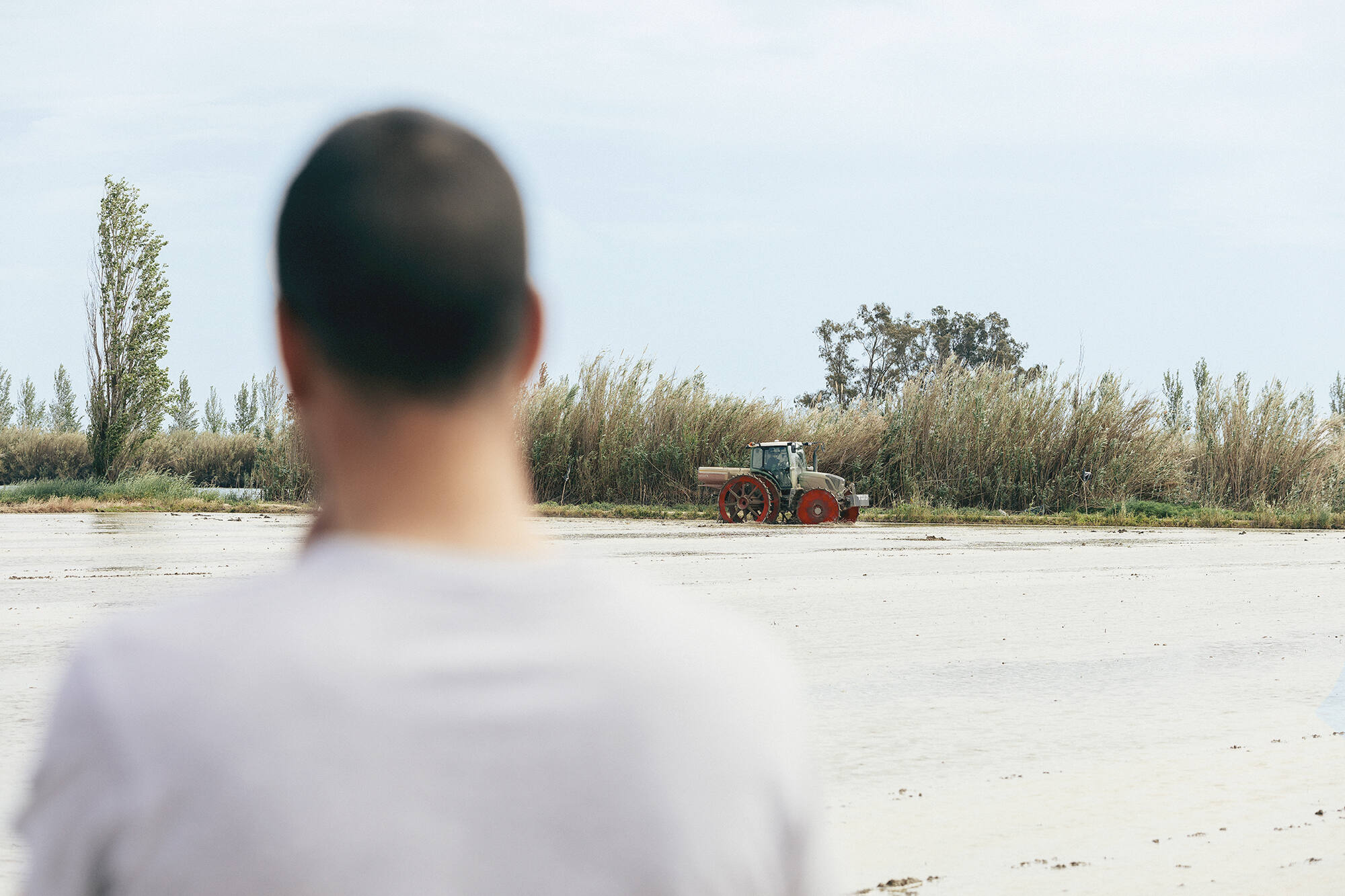
La Moràvia malt house
Between germination and roasting: it’s time to dry
15:25 – Once the barley has germinated, it is time to change the temperature and humidity inside the germination boxes at our malt house. In the rooms filled with grains of what is known as “green malt” (in other words, malt that has germinated but has not yet been roasted), the temperature will now be set to 60ºC and gradually increased over the next twenty-four hours until it reaches 85ºC, which is considered the roasting temperature. Tomás Ramo, the head of the malt house, points out that “Drying halts the germination process at just the right moment so that we can roast the malt,” making it a crucial part of the malting process.
“Drying halts the germination process at just the right moment so that we can roast the malt.”
T. Ramo
